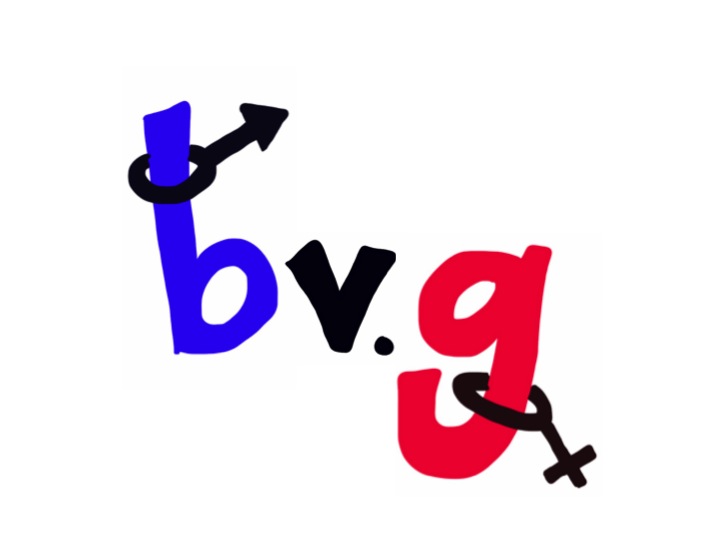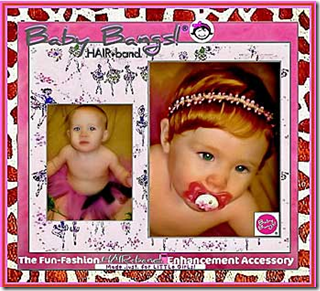Boy Vs. Girl: Episode 1 of our new podcast launches today!
/Two years ago, I began thinking about producing a podcast of my own. The combination of my excessive love for podcast and my fundamental (and possibly narcissistic) belief that I have interesting things to say led to my desire to become a podcast host.
Today, my podcast partner Rachel Leventhal-Weiner and I have finally achieved that goal with Boy vs. Girl: a podcast about gender and gender stereotypes from a self-described expert on gender issues (the boy) who has spent the last two decades immersed in female culture and a sociologist (the girl) who is an actual scholar with actual scholarly credentials.
Basically I'm a guy who thinks he knows something and Rachel is an sociologist and academic with an actual doctorate or something.
The origin of the podcast was this:
I have been an elementary school teacher for 17 years, working almost exclusively in the company of women. Prior to that time, I attended an all women's colleges. As a result, I have spent the past two decades immersed in female culture, and as a result, I have a unique and thorough perspective on that culture, in addition to the myriad of differences between men and women.
My original plan was to write a book on the subject (and that is still in the works), with Rachel - the sociologist, academic, and expert - vetting my claims and ideally declaring me to be a genius.
It turned out that Rachel not only disagreed with some of my assertions, but oddly enough, she also had strong opinions of her own on gender and gender stereotypes.
Who knew?
Thus Boy Vs. Girl was born.
Each week one of us will bring a gender-based topic to the table for debate, and then we will discuss a mystery topic, provided by the listeners, that we will open while recording.
Episode #1 topics include the modern day Tupperware party, children's Halloween costumes, and panty hose.
You can listen to Boy Vs. Girl in Soundcloud (and subscribe to the podcast there to listen to on your computer) or click on the link below to listen right here on the blog, but if you're a podcast listener, you can listen (and hopefully subscribe) to our podcast in all of your favorite podcast apps, including iTunes, Stitcher, Overcast, and more.
We hope you'll listen.
We hope that you'll tell your friends and family and random strangers to listen.
We hope that you'll let us know what you think.
You can send us an email at boyvgirlpodcast@gmail.com
You can Like us on Facebook at facebook.com/boyvgirlpodcast
You can follow us on Twitter at twitter.com/boyvgirlpodcast
You can leave us a review in iTunes.
Thanks, and happy listening!


